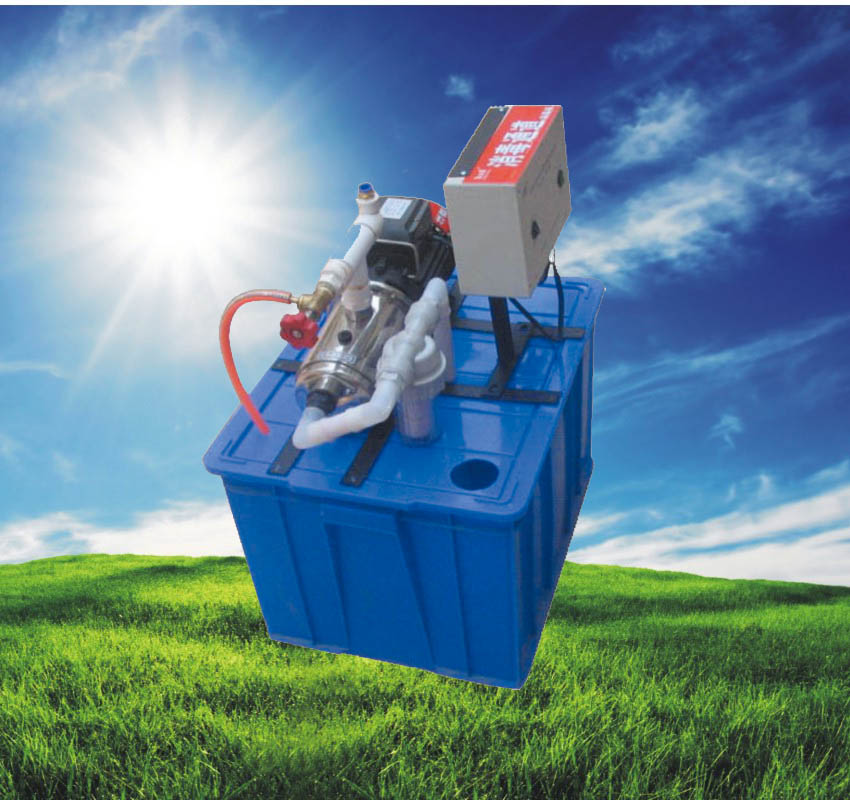Environmental protection circuit of air purification road
With the acceleration of urbanization today, the problem of environmental pollution is becoming more and more serious, especially air pollution, which has become one of the important factors affecting people's health and quality of life. Faced with this challenge, governments and scientific research institutions all over the world have explored innovative solutions, among which "air purification road", as a new environmental protection technology, is gradually coming into people's field of vision.
What is the air purification road?
Air purification road is a kind of road facility with integrated air purification function. It can effectively capture and decompose harmful substances in automobile exhaust, such as nitrogen oxides (NOx) and particulate matter (PM2.5), by installing special materials and technical equipment, such as photocatalyst and electrostatic adsorption device, in infrastructure such as roads, roadsides or street lamps, so as to purify the surrounding air.
Technical principle and application
1. Photocatalytic technology: Solar energy is used to activate the titanium dioxide (TiO2) coating on the road surface or other structures. When these compounds are illuminated, they will generate strong oxidative free radicals, which will transform the pollutants attached to their surfaces into harmless substances.
2. Electrostatic adsorption method: By setting a metal net or plate with negative charge, the particles generated during the running of the vehicle are attracted and fixed, thus reducing the number of suspended particles in the air.
3. Plant absorption: Combined with the design of green belt, select tree species with strong dust absorption ability to plant on both sides of the road, and use the physiological characteristics of plants to improve air quality.
Practical case analysis
The Netherlands is one of the first countries to implement the air purification road project. In 2014, Amsterdam introduced a sidewalk treated with photocatalyst technology. According to the test results, this sidewalk can reduce carbon monoxide emissions by about 19% to 45%. In addition, China is also actively trying such projects, such as laying floor tiles containing nano-TiO2 _ 2 powder in some sections of Beijing, in order to achieve the effect of degrading pollutants in the air.
look into the future
Although the air purification road shows great potential, its cost-benefit ratio and long-term effect still need further research and verification. With the progress of science and technology and the improvement of social awareness of environmental protection, we have reason to believe that more efficient and economical air purification schemes will be developed and widely used in urban construction to jointly protect our blue sky and white clouds.
 The environmental protection a
The environmental protection a
 Environmental protection prosp
Environmental protection prosp
 Air purification upgrade with
Air purification upgrade with
 Efficiency improvement of sewa
Efficiency improvement of sewa


